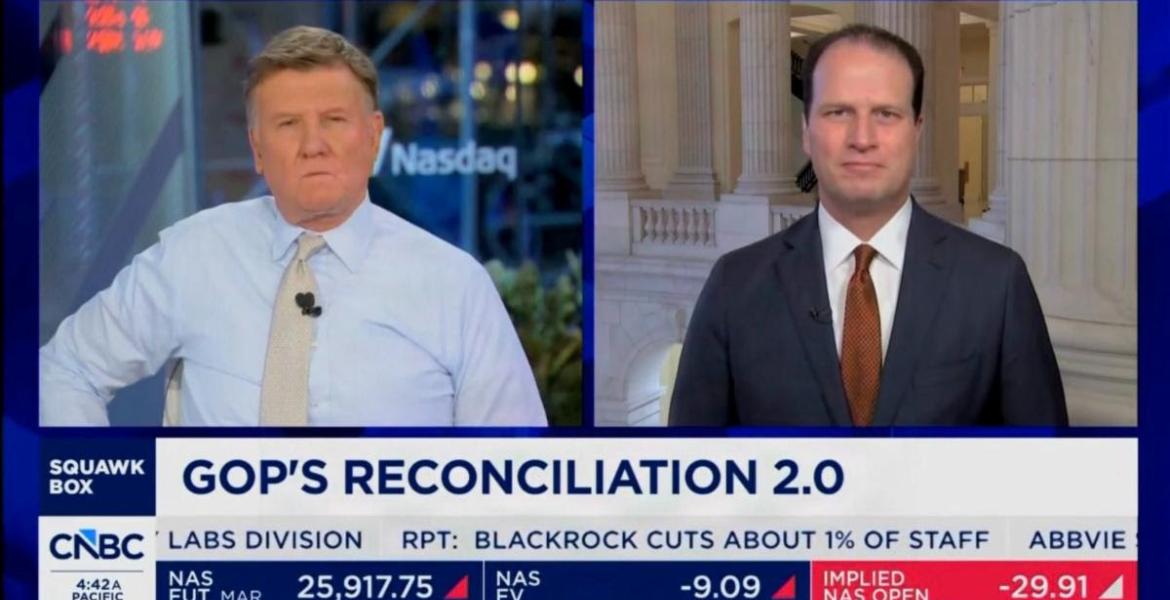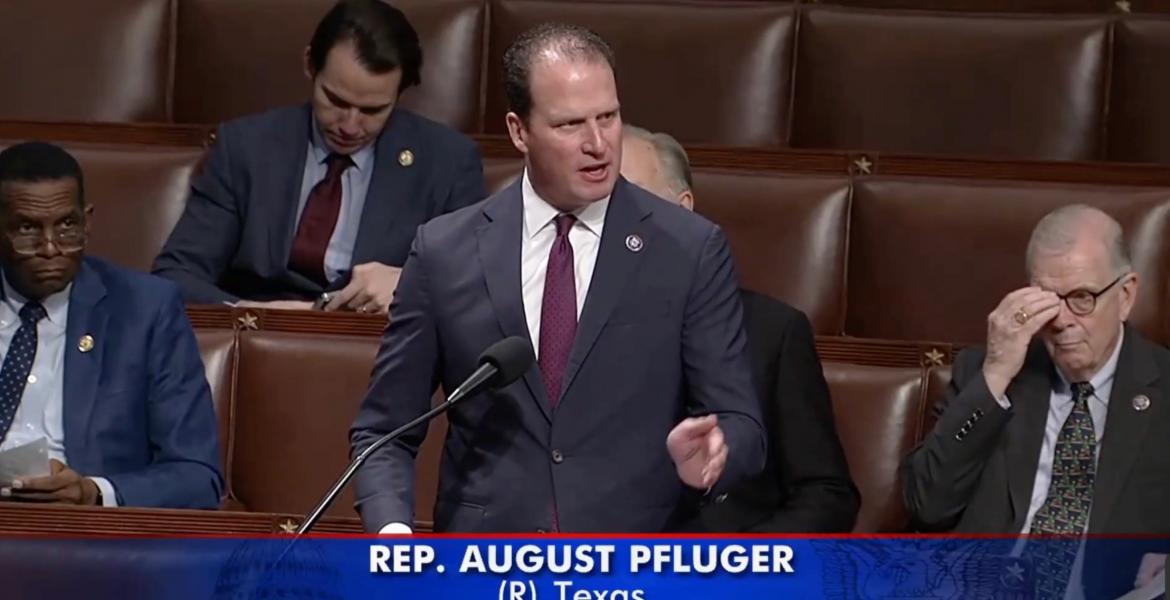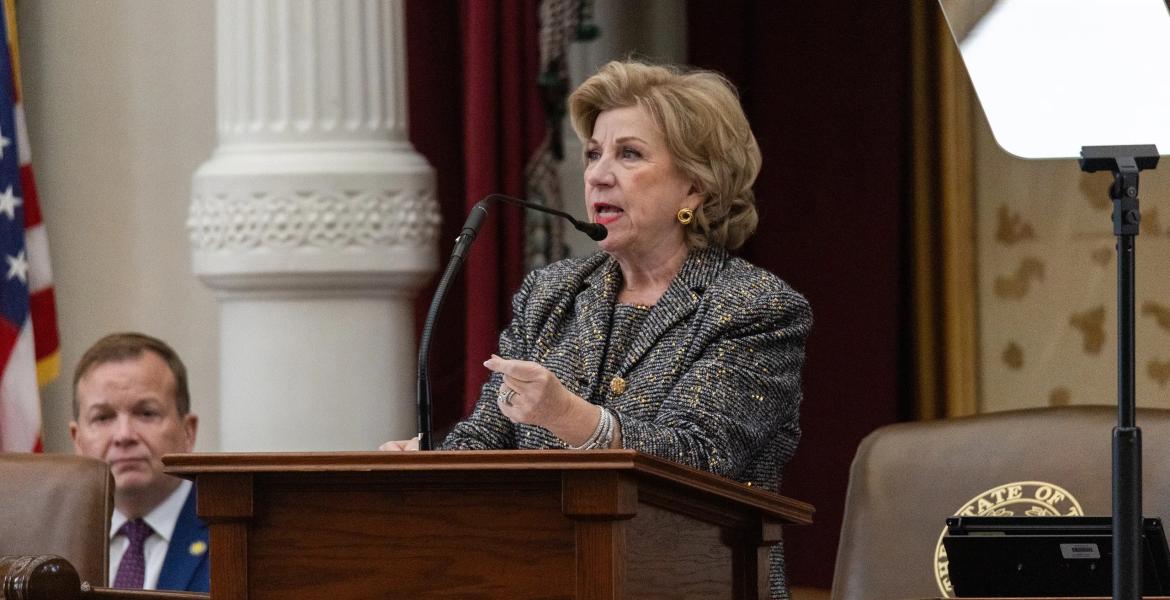WASHINGTON, D.C. – The 2020 Presidential election shook the foundations of polling credibility as once again, the polls missed the mark by a substantial margin, failing to accurately predict the outcome. This lapse in accuracy wasn't an isolated incident; it echoed the missteps witnessed in both Republican and Democrat primaries, raising significant concerns about the reliability of polling data in shaping political strategies.
According to Politico, national polls of the presidential race conducted in the final two weeks of the election were off by an average of 4.5 percentage points, while the state polls were off by just over 5 points. Most of the error was in one direction: Looking at the vote margin, the national polls were too favorable to now-President Joe Biden by 3.9 points, and the state polls were 4.3 points too favorable for Biden.
In the wake of the 2020 election, where polls had confidently projected a different outcome in key battleground states, questions emerged regarding the methodologies, sampling techniques, and the ability of polls to truly capture the sentiments of the electorate. The discrepancies between predictions and actual results prompted introspection within the polling industry.
Fast forward to the present, and the repercussions of this recurring polling inaccuracy continue to reverberate within the political arena. As the country gears up for the next election cycle, the lessons learned from previous polling failures loom large over candidate strategies and voter perceptions.
One significant impact has been the altered perception of front-runners and underdogs. Candidates who might have been considered 'long shots' based on poll predictions are now gaining attention and momentum, capitalizing on the skepticism surrounding polling accuracy. Conversely, those previously perceived as unbeatable favorites are now facing increased scrutiny and demands for more grassroots support to validate their standing.
With less than a month before voting in Iowa, President Trump seems to be that unbeatable favorite while Nikki Haley and Rod DeSantis are a distant second. Could the polls be wrong again?
This shift has led to a reevaluation of campaign approaches. Candidates are placing greater emphasis on direct engagement with voters, relying less on traditional polling metrics and more on community outreach, digital engagement, and ground-level campaigning to gauge public sentiment accurately.
Moreover, the skepticism surrounding polls has prompted a deeper introspection among voters themselves. Many are now more cautious about forming opinions solely based on polling data and are seeking more direct engagement with candidates, looking beyond the numbers to understand their policies, values, and ability to resonate with diverse voter demographics.
In essence, the persistent inaccuracy of polls has disrupted the conventional narrative of electoral prognostication. It has sparked a more dynamic and nuanced political landscape, where candidates from across the spectrum are repositioning themselves, leveraging alternative strategies to secure voter support.
As the next election cycle unfolds, the true test lies in whether the polling industry can adapt, refine methodologies, and regain the trust it once held in shaping the political discourse. Until then, candidates and voters alike continue to navigate an evolving landscape, redefining the rules of engagement in the realm of politics.
The legacy of the 2020 polling fiasco persists as a cautionary tale, reminding all stakeholders of the need for a more comprehensive understanding of voter sentiment beyond the confines of traditional polling methodologies.
Subscribe to the LIVE! Daily
Required






Post a comment to this article here: